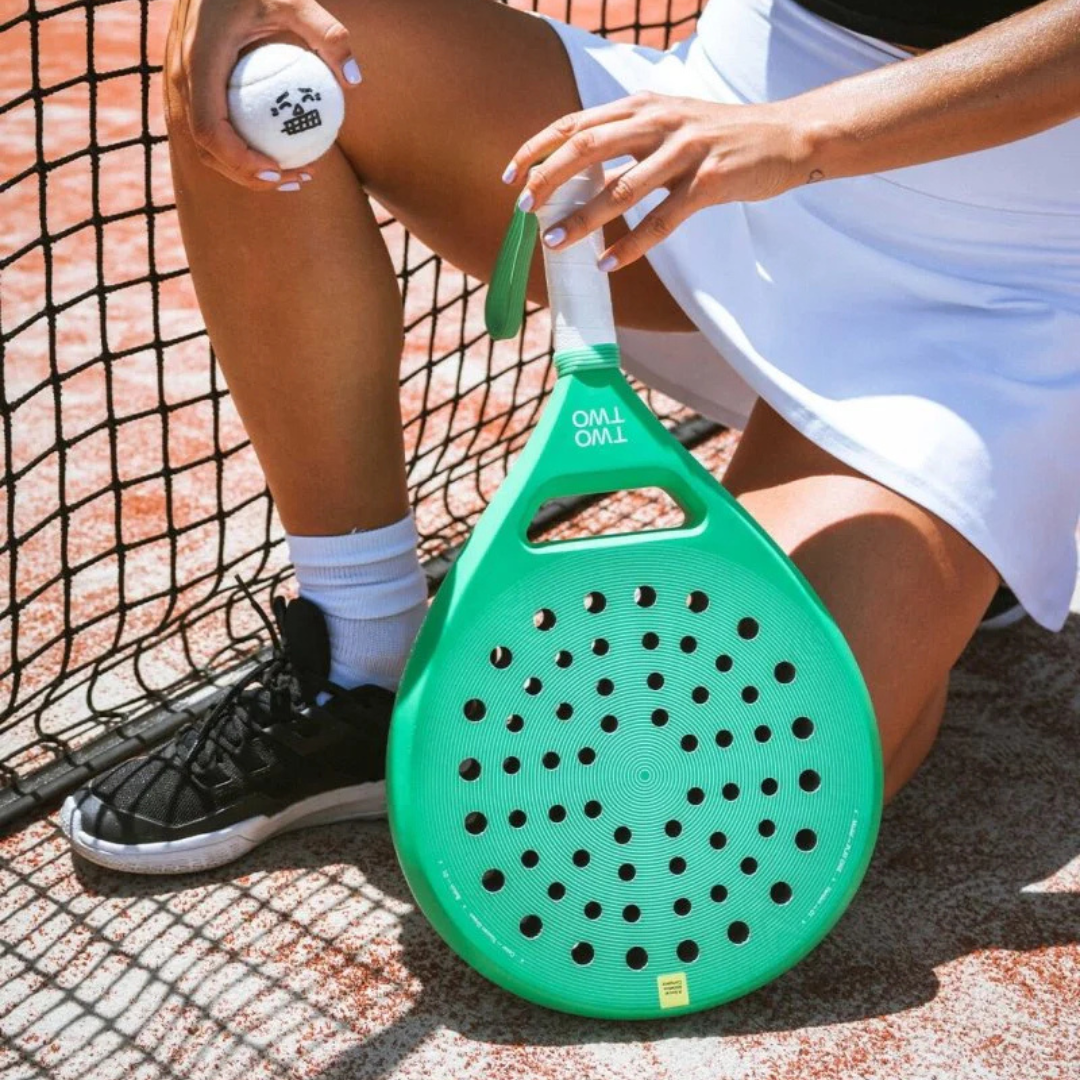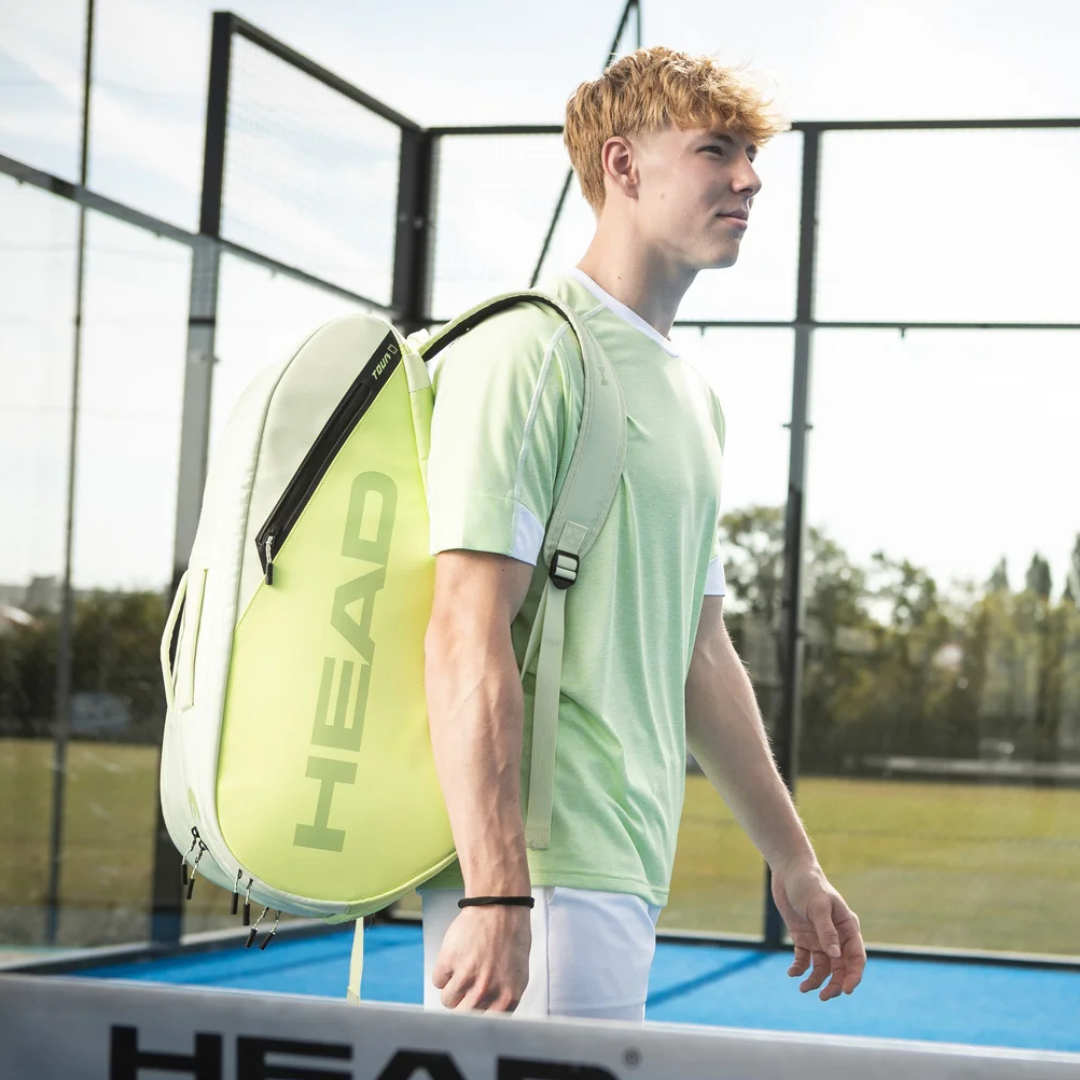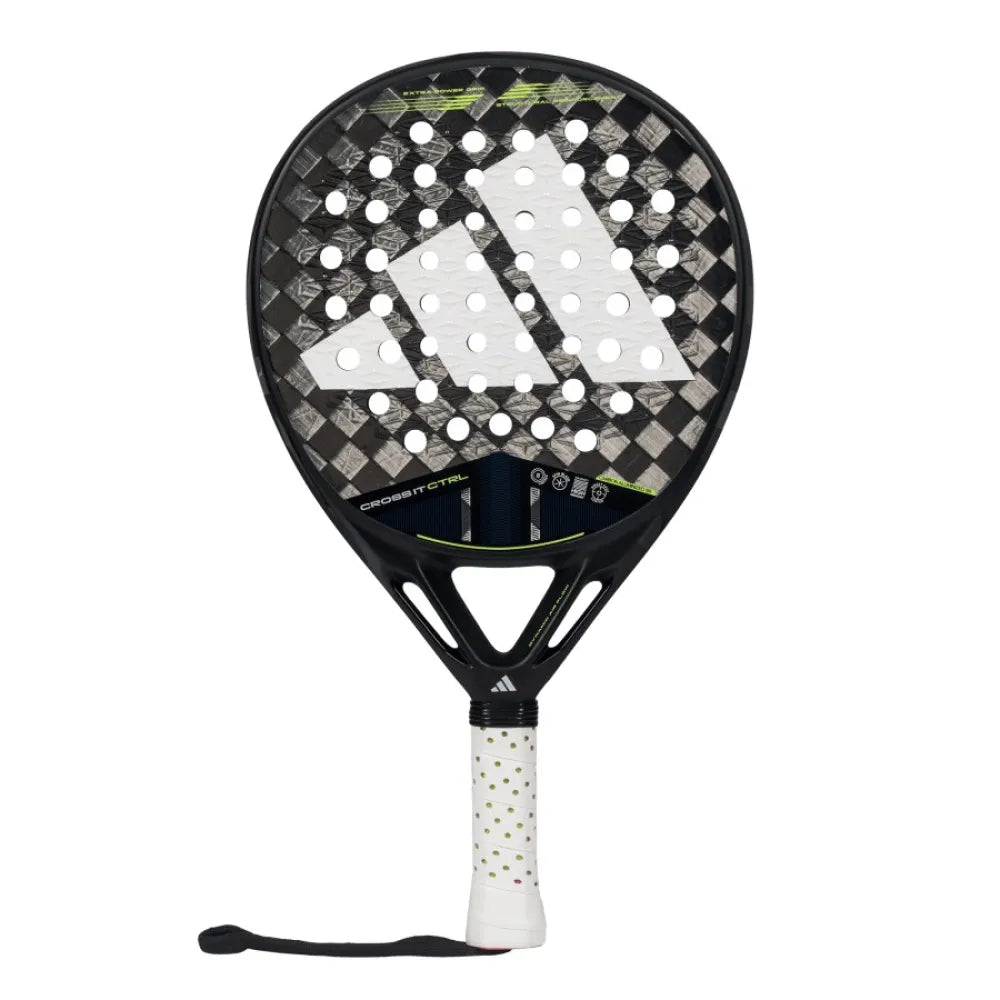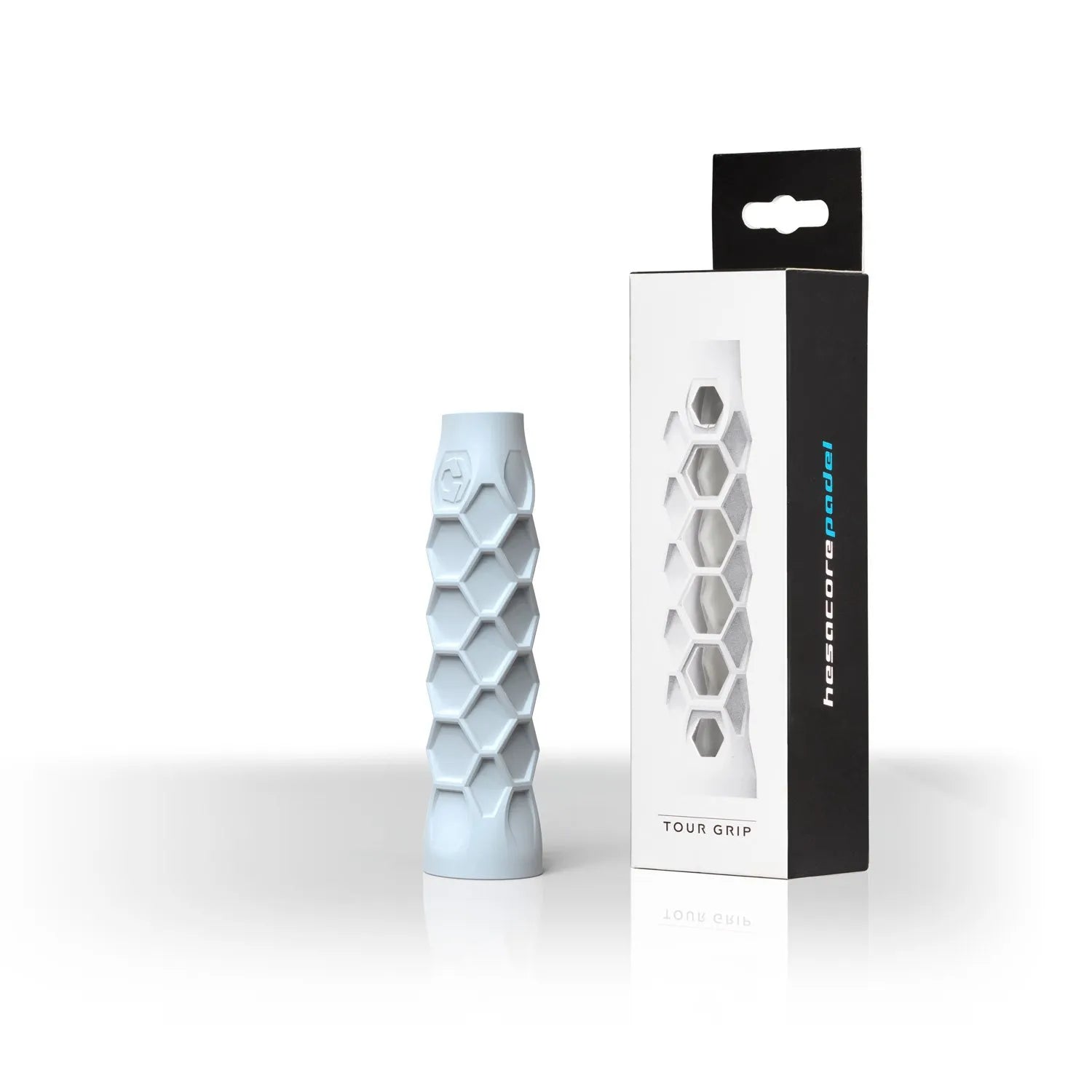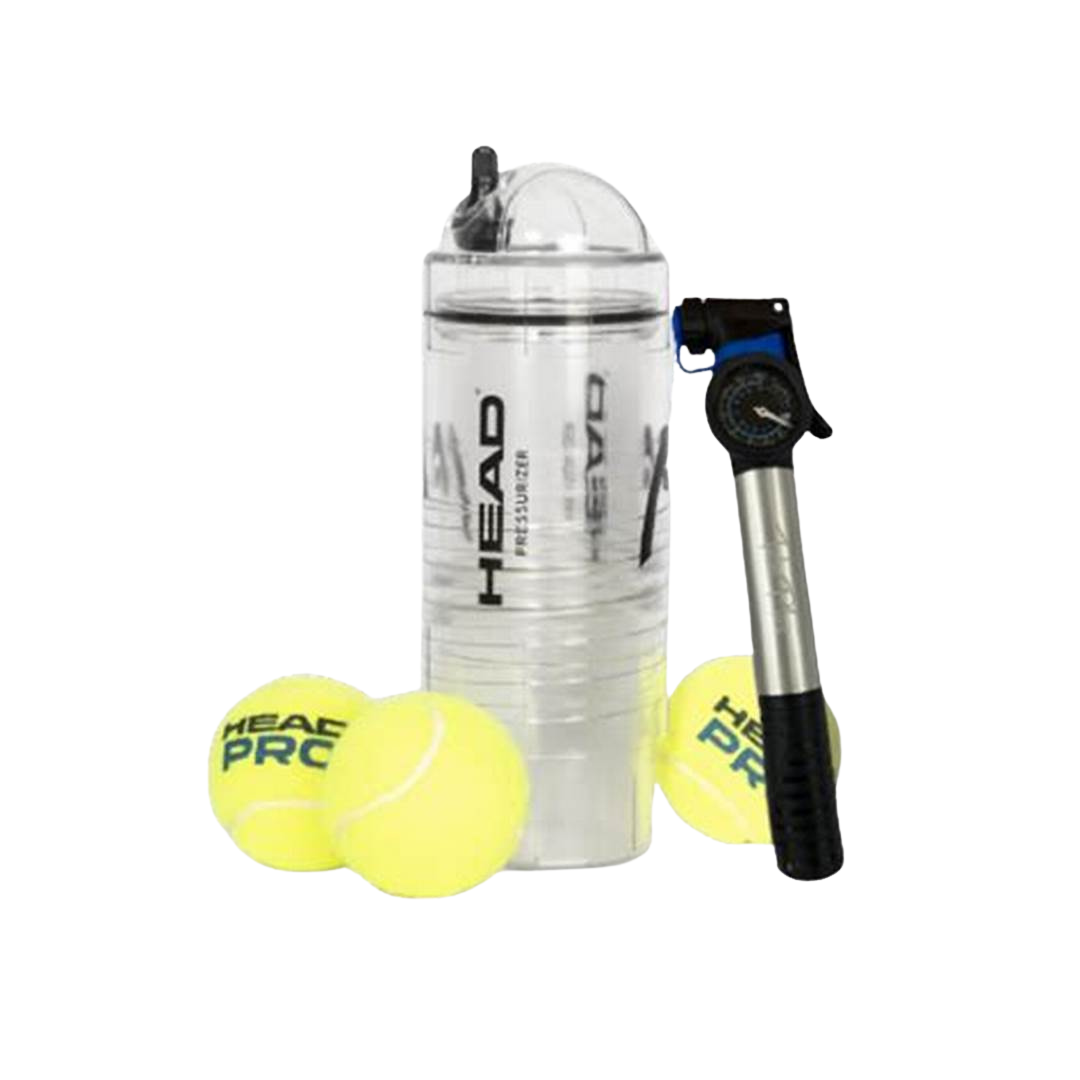Imagine a sport that combines the best of tennis, squash and a touch of social fun—welcome to padel tennis. Fast-paced, easy to pick up and incredibly addictive, padel is taking the world by storm, and it’s no surprise why. Whether you’re a seasoned athlete or just looking for a new way to stay active, this dynamic game offers something for everyone.
Played on a smaller court with walls in play, padel is all about strategy, teamwork and thrilling rallies. It’s not just a sport; it’s a lifestyle that’s perfect for Australia’s love of outdoor activities and social connections. So, why not grab a racket and see why millions are hooked? You might just discover your next favourite pastime.
What Is Padel Tennis?
Padel tennis combines aspects of tennis and squash, offering a unique playing experience. Players use solid, perforated rackets instead of stringed ones, which changes the dynamics of each shot. The court measures 20 metres by 10 metres and includes glass and metal mesh walls that keep the ball in play.
This sport is always played in doubles, focusing heavily on collaboration and strategy. Scoring follows the same system as traditional tennis, ensuring familiarity for new players. The underarm serve adds a distinctive feature, making it accessible even for inexperienced players.
With roots dating back to 1969 in Mexico, padel has gained traction globally, especially in countries like Spain and Australia. Its fast-paced, social nature makes it increasingly appealing to people of all skill levels.
History Of Padel Tennis
Padel tennis, a sport combining tennis and squash elements, has a rich history stretching back to the late 20th century. Its unique gameplay and social focus have contributed to its rapid global growth.
Origins And Early Development
Enrique Corcuera, a Mexican entrepreneur, created padel tennis in 1969. The sport emerged when Corcuera adapted his home environment, installing walls and limiting the playing area to control the ball. This new design introduced wall rebounds, which became a defining feature. The first formalised rules were established shortly after in Mexico.
Padel gained momentum in Spain during the 1970s when Alfonso De Hohenlohe, who saw its potential while visiting Corcuera, built the first Spanish courts. From there, the game spread to Argentina and other Spanish-speaking countries, where it became an increasingly popular recreational activity.
Rise In Popularity Worldwide
Padel grew exponentially in popularity throughout the 1990s and the following decades. By the 2000s, Spain had solidified its reputation as the global hub of padel, boasting thousands of courts and millions of players. Clubs offered easy access to the sport, attracting players of all ages and abilities.
Countries like Sweden, Italy, and the UK have contributed significantly to padel's expansion. In recent years, Australia and parts of the Middle East have also adopted the sport. Official global tournaments, such as the World Padel Tour, showcase the game on an international stage, aiding its recognition and appeal.
Rules And Gameplay
Padel tennis combines dynamic play and accessible rules, making it enjoyable for all skill levels. Both beginners and experienced players can engage with the sport's structured yet flexible gameplay.
Court Dimensions And Equipment
The padel court measures 20 metres by 10 metres, fully enclosed by walls that keep the ball in play. Solid walls, typically made of glass or metal mesh, allow for unique rebound shots that distinguish padel from traditional tennis. Courts have a marked service line, baseline, and a net dividing the two halves.
Players use solid rackets with perforated faces instead of stringed tennis racquets. These lightweight, round or teardrop-shaped rackets enhance control and manoeuvrability. Padel balls look similar to tennis balls but are slightly less pressurised, creating slower shots and longer rallies.
Scoring System And Basic Rules
The scoring system matches that of tennis, starting with "love" and advancing through 15, 30, 40, and game. Matches follow a best-of-three sets format, with each set won by the first pair to win six games by a margin of two. If tied at six games each, a tiebreak determines the set.
Every game begins with an underarm serve that must bounce before hitting the service box diagonally opposite. Serves must occur below waist height, and second serve opportunities follow if the first serve faults. The ball is valid if it bounces once on the court and can rebound off walls, making strategic placement and positioning critical.
Teams consist of two players who alternate returns, focusing heavily on teamwork. A rally ends if the ball bounces twice, hits the net directly, or lands outside court boundaries without a wall rebound. These factors make tactics, communication, and precision important as part of padel's engaging gameplay.
Key Differences Between Padel And Tennis
Court size sets padel apart from tennis. A padel court measures 20 by 10 metres, significantly smaller than a standard tennis court, which spans 23.77 by 8.23 metres for singles. The walls of a padel court play an integral role in gameplay, allowing rebounds, unlike the open sides of a tennis court.
Equipment creates another distinction. Padel rackets are solid, perforated, and slightly smaller, while tennis rackets feature stringed surfaces and longer handles. The ball used in padel is similar to a tennis ball but has slightly less pressure, affecting its bounce.
Serving techniques further differentiate the two sports. Padel employs an underarm serve that begins below waist level, in contrast to tennis, where players typically execute an overhead serve. This underarm action simplifies the serve, making it accessible to beginners.
Gameplay style highlights strategic differences. Padel involves doubles-only matches, emphasising teamwork, whereas tennis accommodates both singles and doubles matches. The enclosed walls in padel introduce angles and rebounds, requiring constant collaboration and quick reflexes. Traditional tennis focuses more on power and precision in open spaces.
The accessibility level of padel is higher. Its slower ball speed, smaller court, and easier serve create an inviting entry point for new players, whereas tennis often involves a steeper learning curve. Both sports share the same scoring system, maintaining a sense of familiarity between them.
Benefits Of Playing Padel Tennis
Playing padel tennis improves cardiovascular fitness through its fast-paced rallies and constant movement. The sport enhances your agility and coordination as you navigate the smaller court, execute precise shots, and respond to rebounds off the walls. Unlike many sports, it fosters collaboration and communication because doubles format is key, strengthening teamwork and social connections.
You can enjoy a more accessible athletic experience, as the underarm serve and slower ball speed make the game suitable for people of all ages and skill levels. Regular participation builds muscle strength, particularly in the arms, legs, and core, while supporting overall physical endurance. Shorter court dimensions also mean less strain on joints compared to larger sports fields.
Mental sharpness develops as you implement strategies, anticipate opponent moves, and adapt quickly during matches. The game provides stress relief by combining physical exercise with engaging social interaction. Global growth in padel ensures increasing access to facilities, making it easier for you to practice, compete, and reap these benefits.
Popularity Of Padel Tennis In Australia
Padel tennis has seen rapid growth across Australia in recent years. Major cities such as Sydney, Melbourne, and Brisbane now feature dedicated padel courts, attracting players of varying skill levels. This rise can be credited to the sport's accessibility and social nature, which align with Australia's active outdoor culture.
Established organisations and clubs have begun integrating padel into their facilities. Tennis Australia, the sport's governing body, actively promotes padel tournaments and events nationwide. Local clubs are also offering regular coaching sessions, fostering interest among younger players and recreational athletes.
International exposure has contributed significantly to the sport's recognition in Australia. Events like the World Padel Tour and regional championships have inspired facilities to invest in padel infrastructure. Players travelling abroad have brought back enthusiasm, spreading awareness through communities.
Corporate sectors are embracing padel as part of wellness initiatives. Many companies encourage employee participation by facilitating social leagues at padel venues. The compact court size and easy-to-learn rules make it an ideal choice for fostering connections in workplace settings.
Padel's inclusive and engaging gameplay suits Australia's emphasis on group activities. Families, friends, and colleagues increasingly book padel courts for social gatherings and fitness. This shared enjoyment continues to elevate its appeal and cement its place in Australia's sporting culture.
Conclusion
Padel tennis offers a unique blend of fun, strategy, and accessibility that appeals to players of all ages and skill levels. Its emphasis on teamwork and social interaction makes it more than just a sport—it’s a community-driven experience.
Whether you’re looking to stay active, build connections, or try something new, padel provides the perfect balance of challenge and enjoyment. With its growing global presence, now’s the ideal time to pick up a racket and join the excitement.

